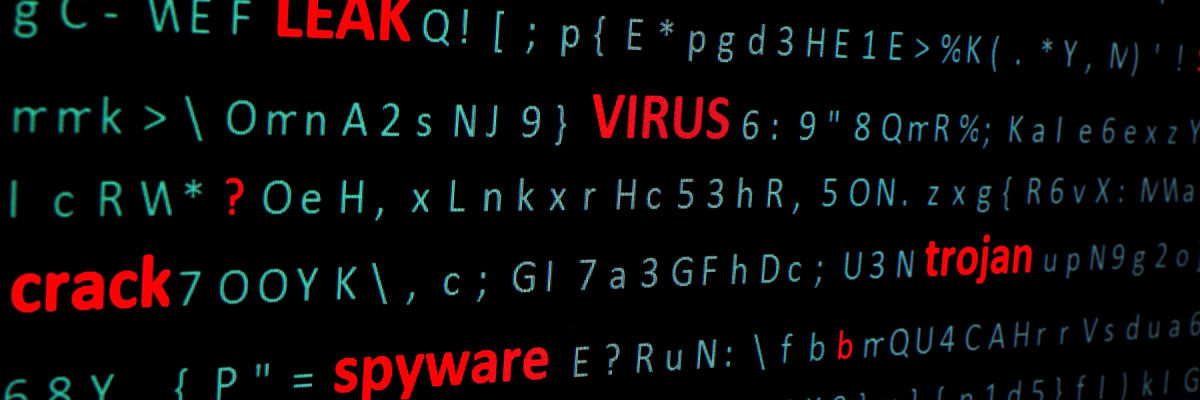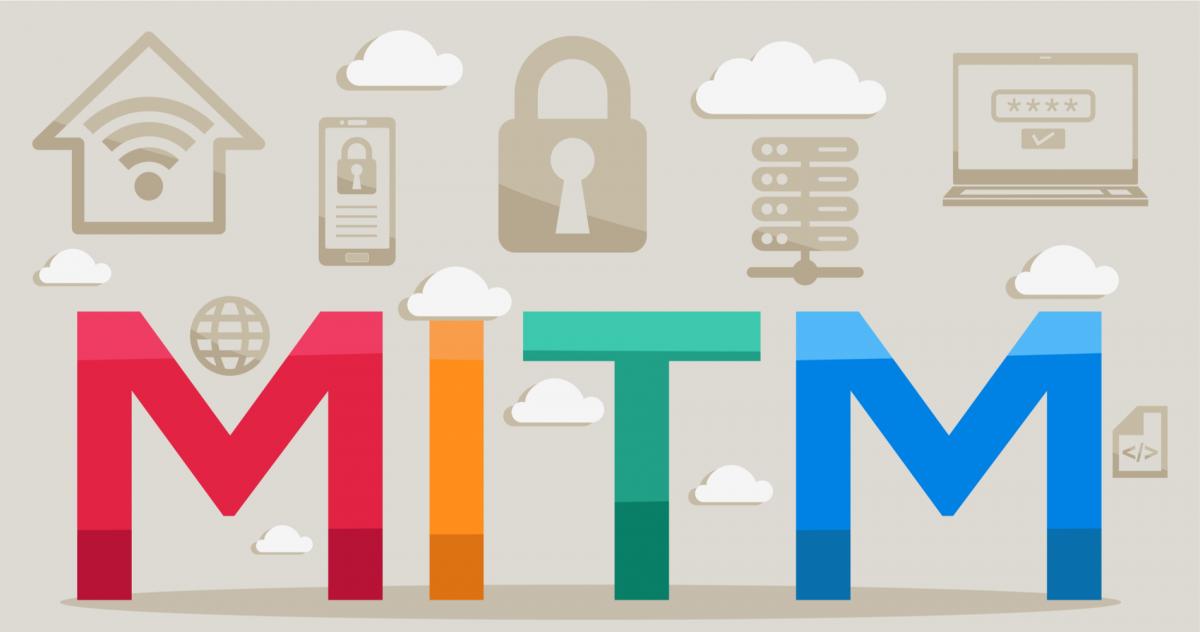By Jennifer Adams
Blog
Copier Myths Explained and Disproved

By Jennifer Adams
There are myths that hold businesses back from upgrading their equipment, from believing “printers only copy and print” to “I cannot afford a larger printer for my office.” You might be surprised how affordable and technologically advanced printers have become and how much value a multifunction copier can bring to your office.
We’ve Covered Phishing…. but what is Vishing?

By Jennifer Adams
According to the Norton Security website, 75% of fraud complaints reported to the Federal Trade Commission involve scammers contacting their victims by telephone to steal financial, Medicare or tax information. This can happen to individuals and businesses. Once this information is stolen, the hacker can easily impersonate you. This is what you need to know about vishing so you can make sure it doesn’t happen to you.
What is Vishing?
What You’ve Been Wanting to Know About the Dark Web

By Jennifer Adams
Have you ever thought about how the internet works? There are multiple layers, the surface web, the deep web, and the dark web, each serving a different purpose. Understanding the different layers of the internet and how it works can help keep you safe while surfing.
The Most Overlooked Security Threat

By Jennifer Adams
When thinking of ways hackers can infiltrate your system, what first comes to mind? Phishing emails and suspicious looking pop-ups are commonly known ways to infect your devices with malware. A frequently overlooked cybersecurity vulnerability is your removeable media. CD’s, DVD’s, flash drives… Just think, how important is the information stored there? These are the risks associated with removeable media and how to manage them.
They’re Not All Harmless – How Computer Worms Work

By Jennifer Adams
When worms are mentioned, most people typically think of bait used for fishing or gummy worms. While these worms are harmless, computer worms aren’t. Once they are in your computer, they quickly infiltrate your files and spread by sending compromised emails containing identical worms to each of your contacts. This is how computer worms work and how they compromise your security.
What are Computer Worms?
Understanding threats – The difference Between Malware and Viruses

By Jennifer Adams
“Malware” and “virus” are catch-all terms used to refer to cybersecurity threats that are often used interchangeably, but what is the difference? What impact do they have on your network? Understanding the difference between a virus and malware is helpful if you encounter a situation that you must address. Keep reading to find out more.
Malware:
If it’s too good to be true, it is. How to spot Trojan Horses

By: Jennifer Adams
Just like the Greeks were able to gain access and take the city of Troy by hiding soldiers in a giant wooden horse gifted to them so they could gain access and attack, hackers use trojan horses to trick you into inviting them into your network. Here are a few different kinds of trojans, how to spot them so they do not infect your network, and what to do if you believe one is on your computer.
What is a Trojan Horse?



